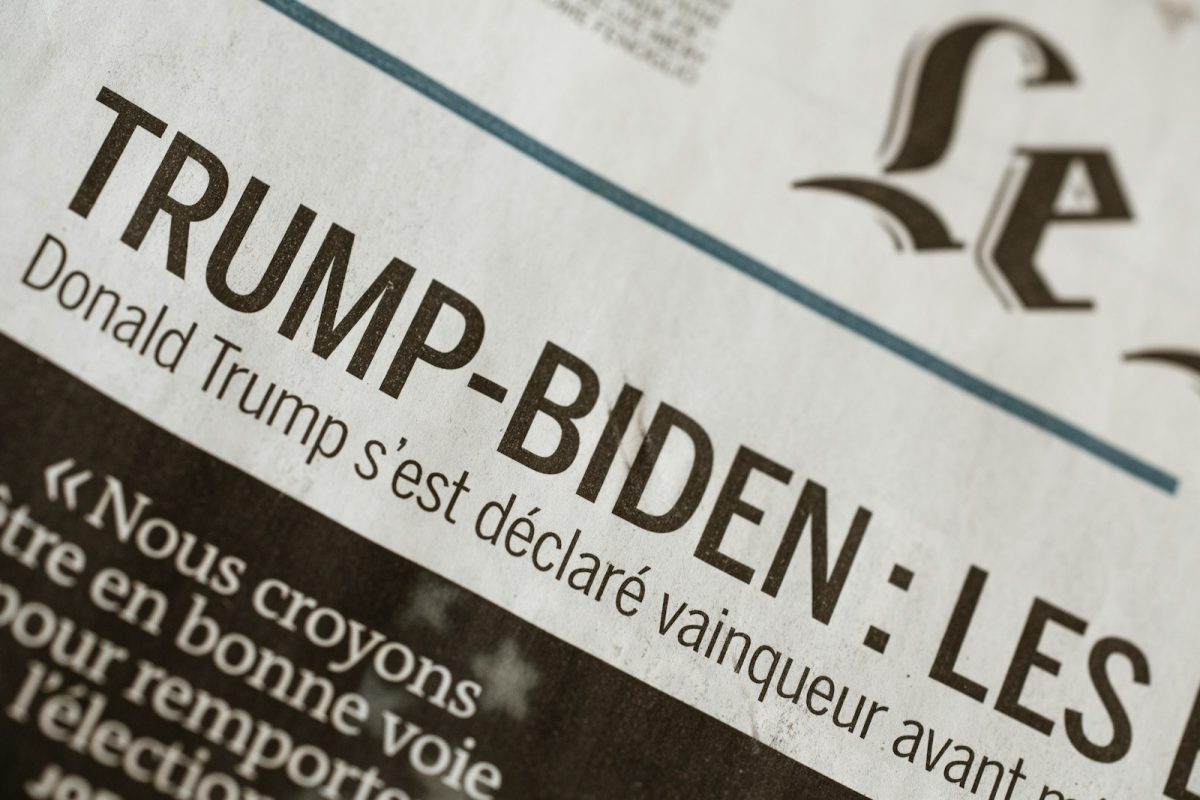Keith Rockwell, a senior research fellow and former director of the World Trade Organization (WTO), shared his insights on the current state of global trade policies and what to expect in the future at an educational session for the Association of Foreign Press Correspondents in the United States. With 25 years of experience as the WTO spokesperson, Rockwell provided a comprehensive analysis of the trade policies under the Biden and Trump administrations and their potential long-term impacts.
Biden’s Trade Policies: Continuity and Challenges
Rockwell highlighted that President Biden has largely maintained the trade policies implemented by former President Trump. This includes pulling out of the International Digital Economy Partnership (IDEP) and maintaining a tough stance within the WTO. Biden’s administration also withdrew from electronic commerce negotiations, a move that has raised concerns among trade experts.
For example, the withdrawal from electronic commerce negotiations has left many wondering about the future of digital trade regulations.
One might argue that Trump was more effective in trade, particularly with his aggressive use of tariffs. Under a potential future Trump presidency, we can expect a continuation of high tariffs, including a proposed 60% tariff on China and an additional 25% on Mexico unless they agree to assist with undocumented migrant workers. Europe is particularly worried about the implications for Ukraine and whether NATO will be leveraged for these tariffs.

The Impact of Tariffs and Trade Deficits
Rockwell emphasized that the trade deficit is unlikely to be resolved under either administration. The U.S. consumes far more than it saves, with 25% of its GDP dependent on trade. Trump is likely to use tariffs as a tool to push for trade agreements, a strategy he has employed in the past. Biden, on the other hand, has not been more trade-friendly, despite a more diplomatic approach. Both administrations have imposed additional tariffs on China.
For instance, Trump’s tariffs on Chinese goods were intended to pressure China into trade negotiations, but they also led to higher costs for American consumers.
Trump’s focus on encouraging foreign companies to produce in the United States has led to economic incentives, although Biden has also passed measures benefiting red states. Free trade has become increasingly rare on a global scale, despite its historical success. Biden opposed the Nippon takeover of steel, and Trump is expected to be more aggressive in his rhetoric, although policy changes may be minimal.
Global Trade Dynamics and Geopolitical Tensions
The global trade landscape is fraught with challenges. Free trade under Trump is expected to be grim, with potential agreements only with the United Kingdom, provided full market access is granted. Biden has shown no interest in new trade agreements, while Trump may use tariffs to negotiate targeted deals in sectors like steel and agriculture.
Tariffs are likely to be influenced by political alignment, a novel approach in this century. They may be used to address revenue shortfalls, continuing massive tax cuts, and reducing business taxes. However, this is unlikely to result in a significant decline in the U.S. trade deficit.
Germany is particularly concerned about the Trump administration’s actions and their implications for Ukraine and NATO. The war in Ukraine is a pressing issue for Europe, and Germany may be open to trade deals with Trump, potentially linking defense to trade. Germany’s economy, heavily reliant on car production, is struggling to transition to electric vehicles, and the political landscape is turbulent.

Russia, Ukraine, and Sanctions
The Kremlin is likely to seek the lifting of sanctions as part of any negotiated settlement with Ukraine. Ukrainian President Zelensky has indicated a willingness to negotiate, with the conflict resulting in significant casualties and territorial losses. The status quo cannot continue, and a solution is needed. Trump’s role in this process remains uncertain.
Negotiating Peace Between Russia and Ukraine
Negotiating peace between Russia and Ukraine will likely involve lifting sanctions and addressing Ukraine’s need for rebuilding. Ukraine’s agricultural sector has been severely impacted, and trade will play a crucial role in recovery. Lifting sanctions could open up significant opportunities for the global market.
U.S.-China Relations and the Global South
The relationship with China is expected to remain tense, with Trump likely to use more aggressive rhetoric than the Biden administration. However, Biden’s policies have not significantly changed the dynamic. Trade disputes with China have serious downsides, affecting both countries and the global market.
The global south, including Brazil, India, and South Africa, plays a crucial role in the global economy. These countries have intense rivalries and have imposed duties on Chinese exports, challenging WTO rules. The dominance of the U.S. dollar in global trade is likely to change, but this will be a slow process. The depth and sophistication of U.S. capital markets provide some protection against immediate threats.

The Future of Trade Agreements
The Mexico agreement is up for review, with Trump seeking renegotiation while Mexico prefers renewal. Trump’s aggressive stance on tariffs, including those on Canadian steel, has strained relationships. However, he is not expected to depart from NATO, as there is significant investment in remaining. Any impression of withdrawal could weaken relationships, causing concern in Europe.
Trump’s critical view of green energy and support for fossil fuels is a contentious issue. The polarization of American politics exacerbates these tensions, with stark geographical divides. This polarization weakens the country, a trend seen globally, including in South America and Europe, where the far right is gaining ground.
Challenges of Reciprocal Tariffs
Implementing reciprocal tariffs would be a complex and chaotic process, requiring different schedules for each country and product. This would significantly slow down customs and create administrative challenges. Trump’s appointment for Commerce Secretary suggests a potential restructuring of the U.S. Trade Representative (USTR), but this remains uncertain.
Conclusion
Rockwell’s insights underscore the complexities of global trade policies and the potential impacts of the Biden and Trump administrations. Tariffs are not a silver bullet and could create more problems than they solve. Understanding the objectives of trade policies is crucial for navigating these challenges and finding effective solutions1.





